The views expressed in our content reflect individual perspectives and do not represent the authoritative views of the Baha'i Faith.
Just about everyone who reads The Prophet asks themselves this question – who inspired this remarkable book? Was there an actual prophet, a visionary, a sagacious, poetic holy man who served as the inspiration for Gibran’s hero Almustafa? If so, who was he? Where did his profound teachings come from? How do I learn more about him?
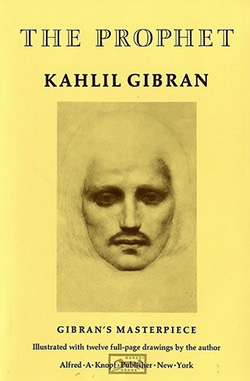
Gibran himself always declined to answer those kinds of queries. Many have attempted to discover the inspiration behind The Prophet, but few have assembled all the clues that Gibran and others left behind.
This series of essays explores that mystery and attempts to suggest an answer to those questions.
Critics, writers and biographers have weighed in on the question for decades. Many cite the romantic poet William Blake as a major influence on Gibran’s work, while a few credit the transcendentalists like Emerson and Thoreau. Some say Nietzsche’s Thus Spake Zarathustra had a considerable impact on the young Gibran, especially in his depiction of the leader of a great religion who spoke with spiritual authority. Others cite Gibran’s Hindu, Buddhist and Biblical influences in his story of deep prophetic wisdom. But most refer readers to Gibran’s mystical Sufi influences, so apparent in his other work in Arabic and so prominent in his thinking as a Lebanese artist and poet.
RELATED: The Baha’i Teachings in Gibran’s The Prophet
But many of those commentators miss one of the most important events of Gibran’s life – his meetings with Abdu’l-Baha.
Author and artist Kahlil Gibran met Abdu’l-Baha in New York City during the early spring of 1912. Gibran, then 29 years old and more than a decade away from the 1923 publication of The Prophet, wanted to artistically sketch a portrait of Abdu’l-Baha, the leader of the Baha’i Faith, a rapidly-expanding new global religion. Gibran had previously drawn portraits of the sculptor Rodin, the poet W. B. Yeats, the psychiatrist and philosopher C. G. Jung and the composer Debussy. After being introduced by fellow artist and Baha’i Juliet Thompson, and attending several of Abdu’l-Baha’s talks and even serving as his interpreter, Gibran sketched Abdu’l-Baha on April 19th in his studio on 10th Street in Lower Manhattan. (Gibran’s studio was immediately across the street from Thompson’s, and the two were close friends.)
Abdu’l-Baha, 68 years old at the time, had recently been released from forty years of exile, house arrest and prison after the collapse of the Ottoman Empire. A revered spiritual figure and a powerful, renowned advocate for unity and world peace, Abdu’l-Baha had come to America to meet the Baha’i community, travel throughout the nation on a speaking tour and proclaim his father Baha’u’llah’s new Faith.
Gibran said, after his initial meetings with Abdu’l-Baha, “He is a very great man. He is complete. There are worlds in his soul….” He later told Juliet Thompson “that his meetings with the Baha’i leader had profoundly influenced his work. These meetings left an indelible impression, and Gibran wrote that he had ‘seen the Unseen, and been filled.’” (Kahlil Gibran, Man and Poet, by Suheil Bushrui and Joe Jenkins, p. 126.)
Later in the same decade, Gibran began to write what he initially called The Counsels, which became The Prophet. He told friends that he had “periodically worked on the book since 1912, when “he got the first motif, for his Island God” whose “Prometheus exile shall be an Island one.” – ibid, p. 165.
Gibran apparently composed at least a portion of the first draft of The Prophet at the writer Marie Tudor Garland’s large estate at Buzzard Bay, Massachusetts in 1919. There he wandered through the wooded property and along the edge of the sea, meditating on what he called the “One Large thought” that would become his most famous work.
He likely created the character of the exiled sage Almustafa there on Garland’s rambling estate. In Arabic, the name Al Mustapha means The Chosen One, but Gibran chose to alter the spelling to approximate the name of Abdu’l-Baha, changing only the consonants. He began the book with Almustafa about to leave his place of exile and take a voyage by ship, precisely as Abdu’l-Baha had done. In The Prophet Gibran framed the substance of the book with the town’s residents clamoring for Almustafa’s wisdom, exactly as he had seen New Yorkers do with Abdu’l-Baha. In The Prophet, the villagers call Almustafa ‘the Master’, just like he heard the Baha’is address Abdu’l-Baha as the Master.
Then Gibran filled The Prophet with the timeless wisdom and insight of the Baha’i teachings:
You have been told also that life is darkness, and in your weariness you echo what was said by the weary. And I say that life is indeed darkness save when there is urge, and all urge is blind save when there is knowledge, and all knowledge is vain save when there is work, and all work is empty save when there is love; and when you work with love you bind yourself to yourself, and to one another, and to God. – The Prophet, p. 26.
It is enjoined upon every one of you to engage in some form of occupation, such as crafts, trades and the like. We have graciously exalted your engagement in such work to the rank of worship unto God, the True One. Ponder ye in your hearts the grace and the blessings of God and render thanks unto Him at eventide and at dawn. Waste not your time in idleness and sloth. Occupy yourselves with that which profiteth yourselves and others. Thus hath it been decreed in this Tablet from whose horizon the day-star of wisdom and utterance shineth resplendent…. When anyone occupieth himself in a craft or trade, such occupation itself is regarded in the estimation of God as an act of worship; and this is naught but a token of His infinite and all-pervasive bounty. – Baha’u’llah, Tablets of Baha’u’llah, p. 26.
You May Also Like
Comments



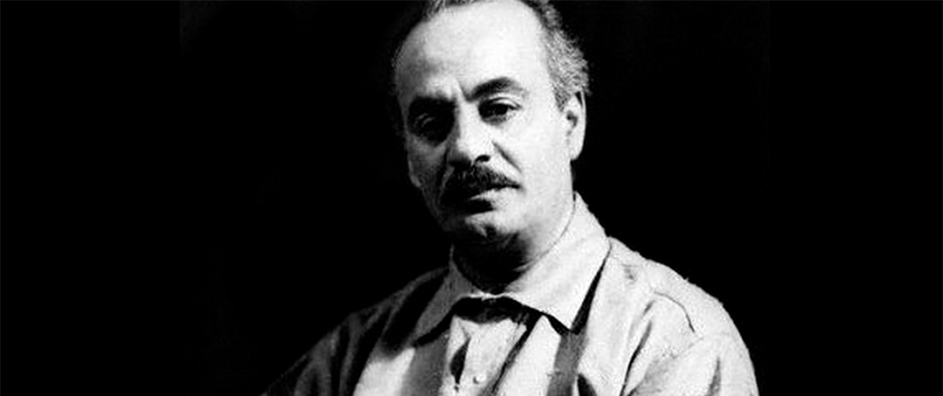
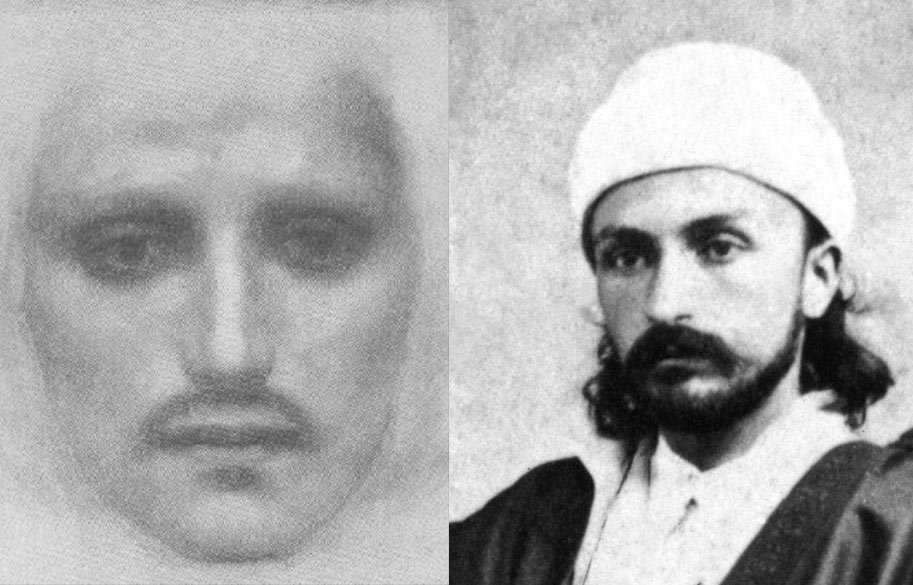

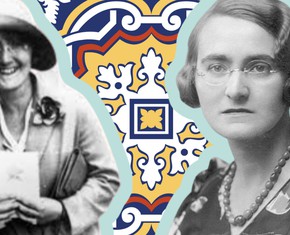
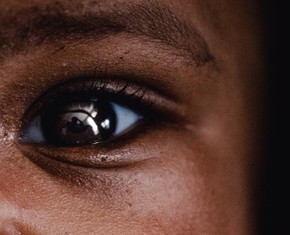










in the three massive-languages of art. To the honor of these languages: dedication, I perceive , in parts, the Mysteries which our part is to acquire.
To my teacher. and to my student.
life's massive language
"how do how do the lovely thing"
simcha-brian adam
https://www.youtube.com/user/sbrianadam
[email protected]
as well as two other prominent Lebanese writers, Ameen Rihani and Amir Shakeeb Arslan